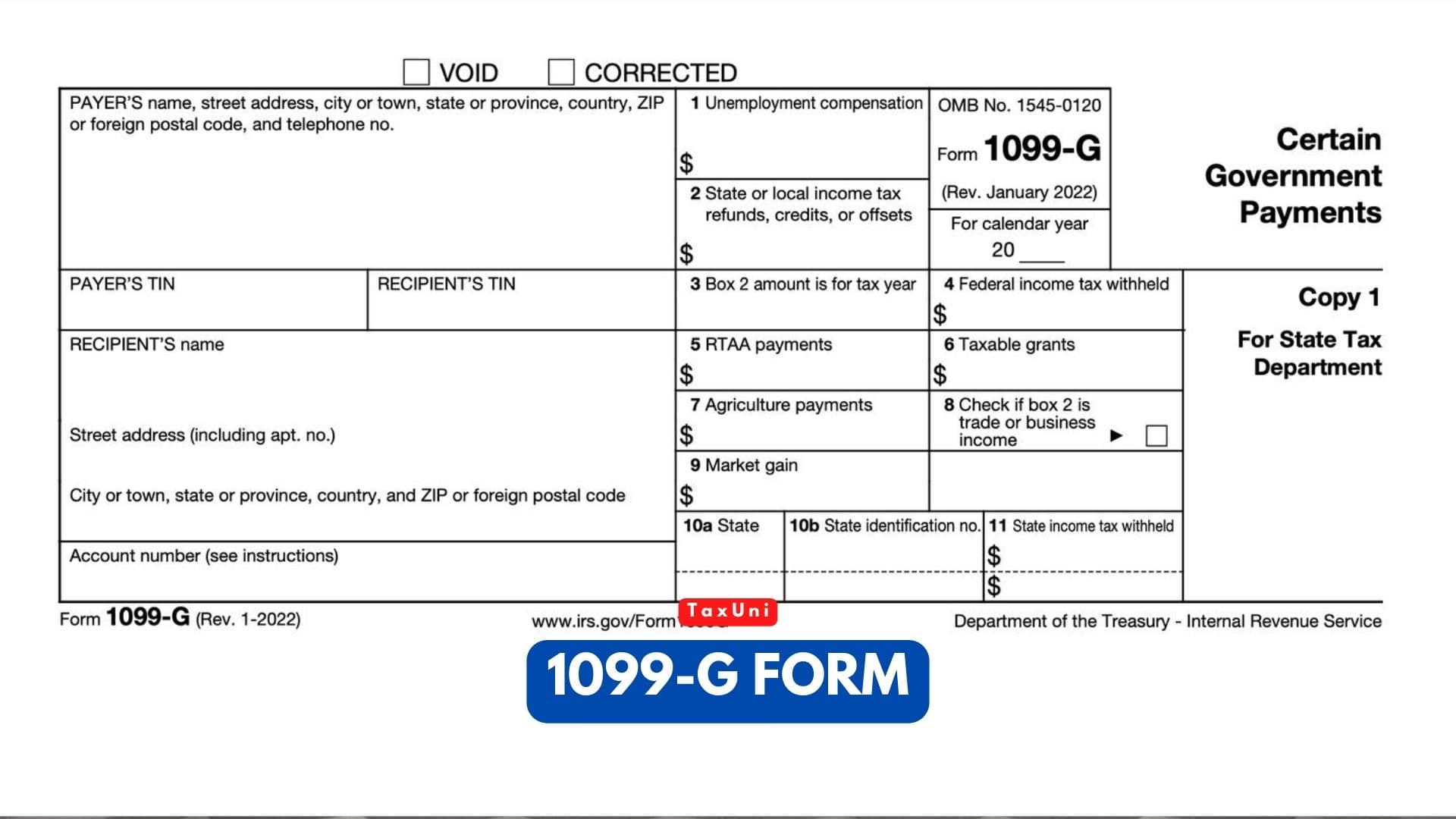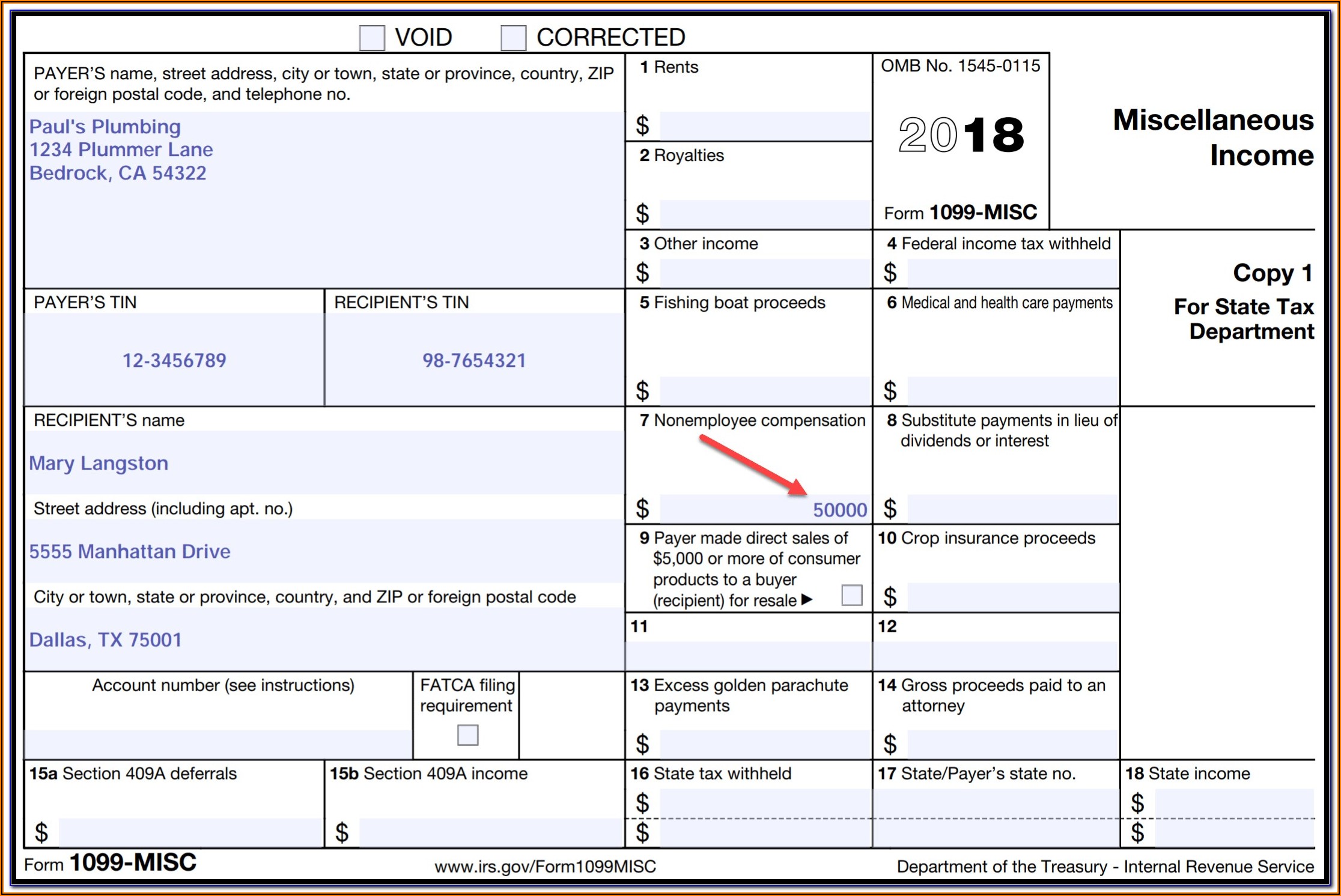Filing taxes can be overwhelming, especially when dealing with forms like the 1099-G in Colorado. Whether you've received unemployment benefits, state tax refunds, or other government payments, understanding the 1099-G form is crucial for accurate tax reporting. This guide will provide a detailed explanation of the 1099-G form, its purpose, and how it impacts your tax obligations.
Every year, taxpayers in Colorado receive various forms from government agencies to report their income accurately. The 1099-G is one such form, and it plays a significant role in ensuring compliance with federal and state tax regulations. By the end of this article, you'll have a clear understanding of what the 1099-G form entails and how to handle it effectively.
As we delve deeper into this topic, you'll learn about the different types of payments reported on the 1099-G, how to interpret the information provided, and what actions you need to take during tax season. Let's explore everything you need to know about the 1099-G form in Colorado.
Read also:Maddy Smith Partner Unveiling The Success Story And Expertise
Table of Contents:
- What is the 1099-G Form?
- Types of Payments Reported on Form 1099-G
- Understanding the Boxes on Form 1099-G
- How to Use the 1099-G Form When Filing Taxes
- Common Mistakes to Avoid with the 1099-G Form
- Reporting Unemployment Benefits on the 1099-G
- State Tax Refunds and the 1099-G
- Colorado-Specific Considerations for the 1099-G
- Important Deadlines for the 1099-G Form
- Resources for Taxpayers in Colorado
What is the 1099-G Form?
The 1099-G form is an official IRS document that reports certain types of government payments received by taxpayers during the tax year. This form is particularly relevant for individuals who have received unemployment compensation, state or local tax refunds, or other government-related payments. In Colorado, taxpayers must ensure they accurately report these payments to avoid potential penalties or audits.
For many taxpayers, the 1099-G form can be confusing due to its detailed nature. However, understanding its purpose and structure is essential for proper tax reporting. The IRS requires government agencies to issue this form to individuals who have received payments totaling $10 or more in a calendar year. These payments may include unemployment benefits, overpayments of Social Security benefits, or even forgiven debts.
Why is the 1099-G Important?
The 1099-G form is critical because it directly affects your taxable income. Any payments reported on this form must be included in your federal tax return. For instance, if you received unemployment benefits during the year, these payments are considered taxable income and must be reported accordingly. By accurately reporting the information from your 1099-G, you ensure compliance with IRS regulations and avoid potential penalties.
Types of Payments Reported on Form 1099-G
The 1099-G form covers a wide range of government payments. Below are some of the most common types of payments reported on this form:
- Unemployment compensation
- State or local income tax refunds
- Reimbursements for overpaid taxes
- Credit or payment adjustments from government agencies
- Forgiven debts from government programs
Each of these payments is categorized and reported in specific boxes on the 1099-G form. Understanding these categories is essential for accurate tax reporting.
Read also:Olloflix The Ultimate Streaming Platform For Movie And Series Enthusiasts
How Payments Affect Your Taxable Income
Not all payments reported on the 1099-G are taxable. For example, while unemployment benefits are generally taxable, state tax refunds may not be taxable if they do not exceed the amount of itemized deductions claimed in the previous year. It's important to consult the IRS guidelines or a tax professional to determine the taxability of each payment.
Understanding the Boxes on Form 1099-G
The 1099-G form includes several boxes that provide detailed information about the payments received. Below is a breakdown of the most important boxes:
- Box 1: Total state or local income tax refunds
- Box 3: Total unemployment compensation
- Box 4: Amount of taxable grants or assistance
- Box 5: Other specified payments
Each box corresponds to a specific type of payment, and taxpayers must ensure they accurately interpret the information provided. For instance, Box 3 is particularly relevant for individuals who received unemployment benefits during the tax year.
How to Interpret the Information
When reviewing your 1099-G form, it's crucial to verify the accuracy of the information reported in each box. Discrepancies between the form and your records should be addressed immediately with the issuing agency. Additionally, understanding the tax implications of each box is essential for accurate reporting on your tax return.
How to Use the 1099-G Form When Filing Taxes
Using the 1099-G form during tax filing involves several steps. First, verify the accuracy of the information provided on the form. Next, include the relevant amounts in your federal tax return. For Colorado taxpayers, ensure that the information aligns with state tax reporting requirements as well.
For instance, if you received unemployment benefits reported in Box 3 of the 1099-G, you must include this amount in your federal taxable income. Similarly, state tax refunds reported in Box 1 may need to be adjusted based on your itemized deductions from the previous year.
Tips for Accurate Reporting
To ensure accurate reporting, follow these tips:
- Double-check the information on your 1099-G form against your records.
- Consult IRS Publication 525 for guidance on taxable and nontaxable income.
- Use tax preparation software or consult a tax professional for complex situations.
Common Mistakes to Avoid with the 1099-G Form
One of the most common mistakes taxpayers make is failing to report all payments listed on the 1099-G form. Another common error is misinterpreting the information in each box, leading to incorrect tax calculations. Additionally, some taxpayers overlook the need to adjust state tax refunds based on their previous year's itemized deductions.
To avoid these mistakes, take the time to carefully review your 1099-G form and consult the IRS guidelines or a tax professional if needed.
How to Correct Errors on the 1099-G
If you discover an error on your 1099-G form, contact the issuing agency immediately to request a corrected form. Once you receive the corrected form, update your tax return accordingly. Failing to address errors promptly can lead to penalties or delays in processing your tax refund.
Reporting Unemployment Benefits on the 1099-G
Unemployment benefits are a significant component of the 1099-G form, particularly for individuals who received assistance during the tax year. These benefits are reported in Box 3 of the form and are generally considered taxable income. However, certain exceptions may apply, such as benefits received under specific federal programs.
Colorado taxpayers who received unemployment benefits should ensure they accurately report these amounts on their federal and state tax returns. Failing to do so can result in penalties or audits.
Tax Implications of Unemployment Benefits
Unemployment benefits are subject to federal income tax and may also be subject to state income tax, depending on the jurisdiction. In Colorado, unemployment benefits are generally taxable. Taxpayers should consult the IRS guidelines or a tax professional to determine the taxability of their specific situation.
State Tax Refunds and the 1099-G
State tax refunds reported on the 1099-G form in Box 1 are another important consideration for taxpayers. These refunds may or may not be taxable, depending on whether they exceed the itemized deductions claimed in the previous year. For Colorado taxpayers, it's essential to review both federal and state tax implications.
If your state tax refund does not exceed your itemized deductions from the previous year, it is generally not taxable. However, if the refund exceeds your deductions, the excess amount must be included in your taxable income for the current year.
How to Calculate Taxable Refunds
To calculate the taxable portion of your state tax refund, subtract your itemized deductions from the previous year from the refund amount. Any excess amount is considered taxable income and must be reported on your federal tax return.
Colorado-Specific Considerations for the 1099-G
Taxpayers in Colorado should be aware of specific state regulations related to the 1099-G form. For example, Colorado may have different thresholds for reporting certain payments or additional requirements for specific types of income. Staying informed about these regulations is essential for accurate tax reporting.
In addition, Colorado taxpayers should ensure they align their federal and state tax returns, particularly when reporting unemployment benefits or state tax refunds. Consulting the Colorado Department of Revenue website or a tax professional can provide valuable insights into state-specific requirements.
Resources for Colorado Taxpayers
Several resources are available to assist Colorado taxpayers with understanding and filing their 1099-G forms:
- Colorado Department of Revenue website
- IRS Publication 525: Taxable and Nontaxable Income
- Tax preparation software with state-specific features
Important Deadlines for the 1099-G Form
Taxpayers should be aware of important deadlines related to the 1099-G form. Issuing agencies are required to send out the forms by January 31st of each year. Taxpayers must include the information from their 1099-G forms in their federal tax returns, which are typically due by April 15th.
For Colorado taxpayers, state tax returns are also due by April 15th, unless an extension is requested. Staying organized and meeting these deadlines is crucial for avoiding penalties or interest charges.
Requesting Extensions
If you need more time to file your taxes, you can request an extension from the IRS and the Colorado Department of Revenue. However, extensions only provide additional time to file; any taxes owed must still be paid by the original deadline to avoid penalties or interest.
Resources for Taxpayers in Colorado
Several resources are available to assist taxpayers in Colorado with understanding and filing their 1099-G forms:
- IRS.gov: Official IRS website with comprehensive tax information
- Colorado Department of Revenue: State-specific tax guidance and resources
- Tax preparation software: Tools to simplify tax filing and ensure accuracy
- Tax professionals: Certified public accountants (CPAs) or enrolled agents (EAs) for personalized assistance
Utilizing these resources can help ensure accurate tax reporting and compliance with federal and state regulations.
Final Thoughts
In conclusion, the 1099-G form is a critical component of tax reporting for many Colorado taxpayers. By understanding its purpose, structure, and implications, you can ensure accurate and compliant tax filings. Remember to review the information on your 1099-G form carefully, consult the IRS guidelines, and seek professional assistance if needed.
Take action today by reviewing your 1099-G form, gathering your tax records, and preparing your tax return. Share this article with fellow taxpayers or leave a comment below if you have questions or need further clarification. Together, we can simplify the tax filing process and ensure compliance with IRS and Colorado regulations.


